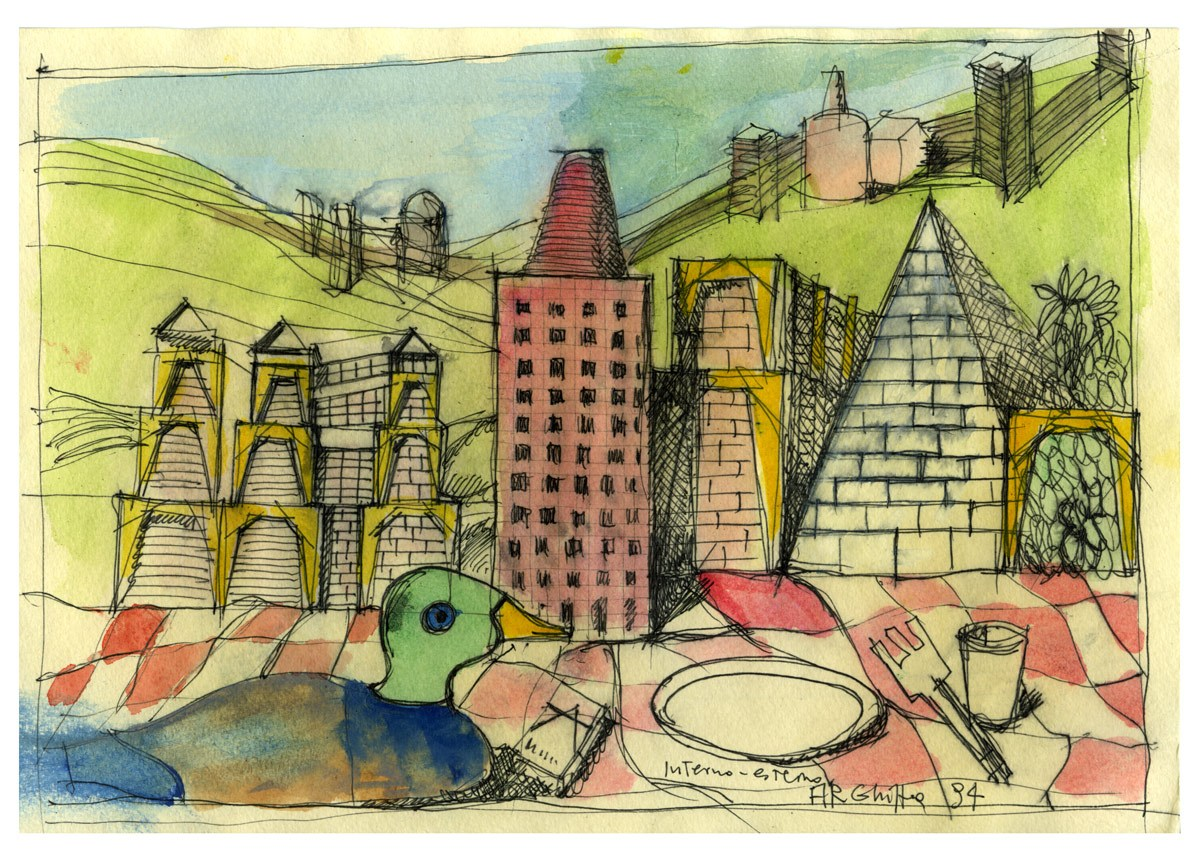Architecture, Language, and Silence
From the PDF - The Language of Criticism and the Criticism of Language, I want to argue about the perspective that fusion of artistic elements and subjective opinions contributes to the multifaceted nature of the object, making it a canvas for diverse and personal reflections. Leaning towards values that are definitely inexpressive and might contaminate the purity or essence an object holds can be too practical to define. To debate, a juxtaposition of Aldo Rossi’s silent architecture and Carlo Aymonino’s expressive design creates this lens to view architecture in general.
When considering a design that holds users for its improvisation, finding stability in a labyrinth of many beauties can be challenging. An emphasis on the public to ask and expect responses is something that defines that architectural object, the primary objective of which is to keep it interactive and communicative in nature. This keeps architecture as a responsive and interactive experience and not merely a static one. While it holds true that many structures thrive on interaction, through the perspectives of individuals, there is an interplay of form and memory, a concept of ‘beauty without purpose’ that brings out artistic expressions in architecture.


Comments
Post a Comment